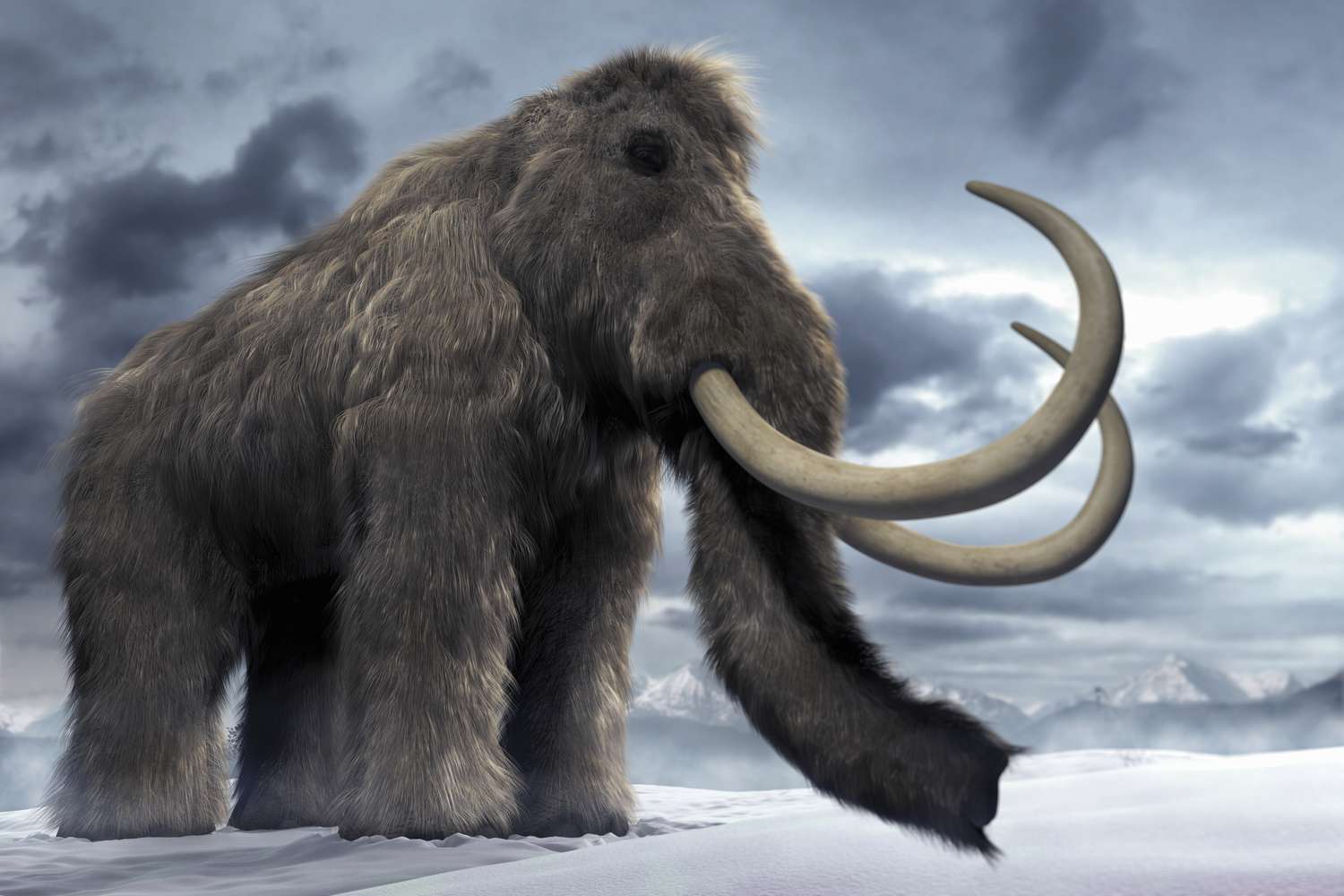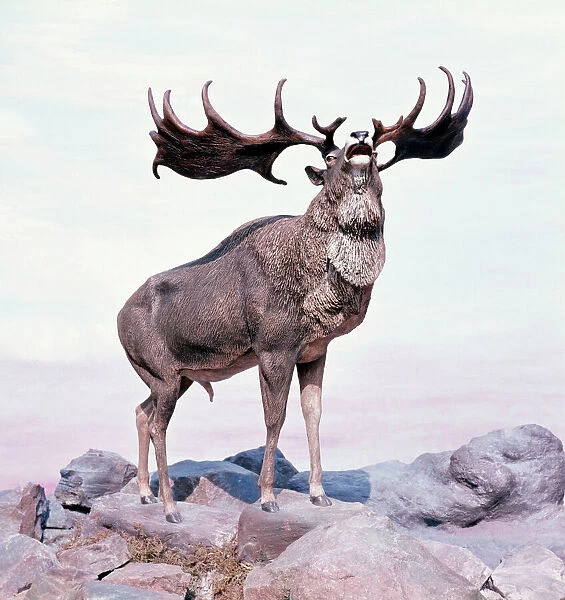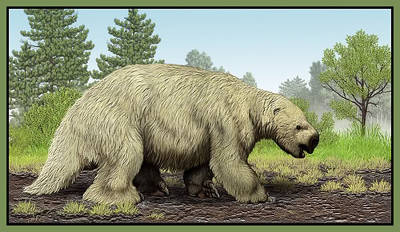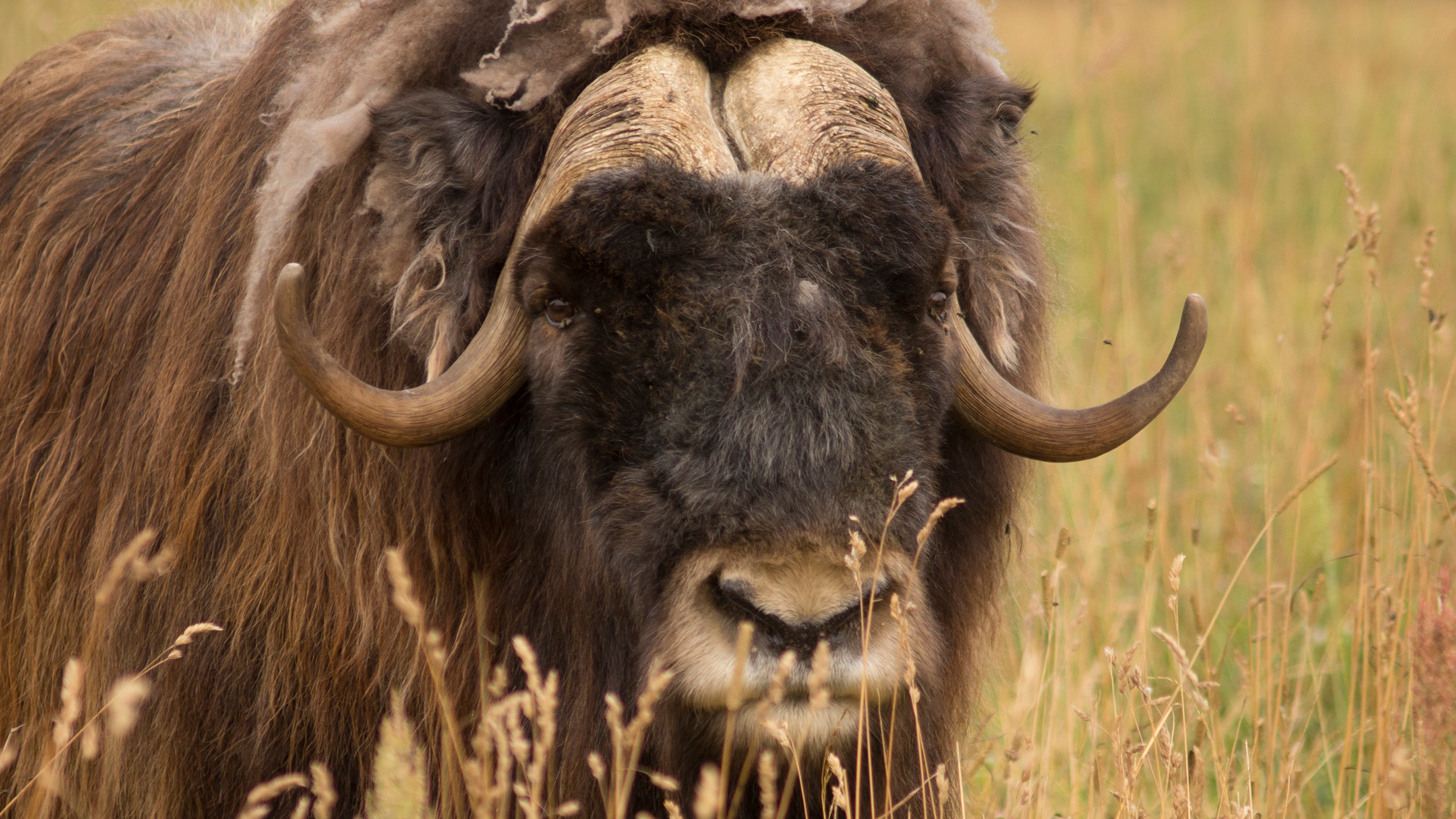The Earth has gone through several ice ages, periods of extreme cold where glaciers covered much of the planet. These catastrophic events have reshaped the world and changed habitats, forcing many species to adapt or die out. But some remarkable animals proved their tenacity by surviving in these harsh conditions. In this article, we’ll explore the top 10 Ice Age animals that managed to thrive despite the odds.
1. Smilodon
Smilodon, known as the saber-toothed cat, is arguably the most famous predator from the Ice Age. With its distinctive seven-inch canines, it hunted mammoths, bison, and other large herbivores. Smilodons had strong jaws and bodies, allowing them to take down prey with precision. They attacked their prey head-on with powerful forelimbs and long canine fangs.
Despite their incredible adaptations, smilodons died out around 10,000 years ago. Scientists dispute the cause of their extinction; some believe they were overhunted by humans, while others think arid climates reduced their main prey and killed them. Regardless of the cause, smilodons are a testament to how animals can survive in harsh conditions.
2. Wooly Mammoth

Wooly mammoths, also known as Mammuthus primigenius, lived during the last ice age. Their long, shaggy fur coat protected them from the tundra’s icy winds, while their size, strength, and other modifications let them survive the cold. They had smaller ears to decrease heat loss and a nasal chamber that heated cold air before it reached their lungs. Back fat kept them warm and stored energy, allowing them to endure long winters.
Early humans had a difficult relationship with wooly mammoths. They used mammoth bones to build art and tools and revered the animals, according to European figurines. Despite their adaptability, wooly mammoths went extinct 4,000 years ago. Climate change, human hunting, and disease may have been the cause of their demise. Losing such a famous animal is a tragic reminder of life’s fragility and the need to protect endangered animals for future generations.
3. Irish Elk

The majestic Irish Elk, also known as the giant deer, lived 12,000 years ago during the last ice age. These huge creatures roamed from Ireland to China in Eurasia. They had 12-foot-wide antlers and could grow up to seven feet tall, with long, slender legs that were suited to harsh ice conditions. Their thick fur kept them warm, and their large noses allowed them to breathe more easily at high elevations.
Irish Elks were impressive animals, but they too could not survive the changing environment. They went extinct around 5,000 years ago, likely due to overhunting by humans and habitat loss. Nonetheless, they remain a fascinating example of how animals adapted to harsh conditions.
4. Dire Wolf
The Dire Wolf (Canis dirus) was a close relative of the gray wolf and lived during the Pleistocene Epoch, around 1.8 million to 10,000 years ago. It was much larger than the modern gray wolf and had a stockier build. Dire Wolves were apex predators, feeding on large herbivores like bison, horses, and camels.
Despite their formidable size and hunting prowess, Dire Wolves went extinct around the end of the Ice Age. The cause of their extinction remains unclear, but competition with other predators and climate change are possible factors. Nevertheless, the Dire Wolf’s legacy lives on through popular culture, appearing in books, movies, and TV shows.
5. Big Sloth

The Megatherium, or “Big Sloth,” was a massive ground sloth that lived during the Pleistocene Epoch in South America. It weighed up to four tons and could stand up to 20 feet tall when it rose on its hind legs. Despite its size, the Big Sloth was a herbivore, feeding on tough vegetation.
The Big Sloth’s slow movements made it vulnerable to predators, but its size and strength were enough to fend off most attackers. However, it too went extinct around 10,000 years ago, likely due to overhunting by humans or climate change.
6. Cave Lion

The Cave Lion (Panthera spelaea) was a large cat that lived throughout Eurasia during the last ice age. It was similar in size to modern lions, but its fur was thicker and lighter in color. Its prey included large herbivores like reindeer, bison, and horses.
Despite their hunting prowess, Cave Lions were unable to survive the changing climate and lost out to competition from other predators. They went extinct around 10,000 years ago.
7. Musk Ox

The Musk Ox (Ovib os moschatus) is a large, shaggy mammal that lives in the Arctic regions of North America and Greenland. It has a thick coat of fur that protects it from the extreme cold, and both male and female Musk Oxen have impressive curved horns. They are herbivores, feeding on lichens, grasses, and other vegetation.
Musk Oxen managed to survive the last ice age, adapting to the harsh conditions of the Arctic tundra. Their thick fur and horns provided them with protection from predators like wolves and bears. Although they were hunted by humans for their meat and fur, Musk Oxen were able to recover and are still present in the Arctic today.
8. Steppe Bison

The Steppe Bison (Bison priscus) was a massive herbivore that lived across Eurasia during the last ice age. It was larger than modern bison, with a shoulder height of up to seven feet. Its curved horns could grow up to three feet long, and its robust body allowed it to survive in the harsh, open grasslands of the steppe.
Despite being an adaptable species, Steppe Bison went extinct around 11,000 years ago. Overhunting by humans and climate change are believed to be the primary causes of their extinction. However, their legacy lives on through their descendants, the American Bison.
9. Big Beaver

The Giant Beaver (Castoroides ohioensis) was a massive rodent that lived in North America during the Pleistocene Epoch. It weighed up to 220 pounds and had powerful jaws that it used to cut down trees for food and shelter.
The Big Beaver was well adapted to life in the water, with webbed hind feet and a flat tail that acted as a rudder. Despite its impressive size and aquatic abilities, the Big Beaver went extinct around 10,000 years ago, likely due to overhunting by humans.
10. American Cheetah
The American Cheetah (Miracinonyx trumani) was a large cat that lived in North America during the Pleistocene Epoch. It was similar in size and appearance to the modern cheetah, with long legs built for speed. The American Cheetah’s prey included large herbivores like antelope and deer.
Despite its impressive hunting abilities, the American Cheetah went extinct around 12,000 years ago, likely due to competition from other predators and changing climate conditions.
Conclusion:
The Ice Age was a time of great change, where many species either adapted or went extinct. However, these top 10 Ice Age animals managed to thrive despite the harsh conditions. Their incredible adaptations and tenacity serve as a reminder of the power of evolution and the importance of protecting endangered species. As we continue to face challenges like climate change and habitat loss, it’s essential to look to these remarkable animals for inspiration and guidance.